Technologies
iOS 16.4: What’s New on Your iPhone
New emoji, voice isolation in phone calls and more just landed in your iPhone.
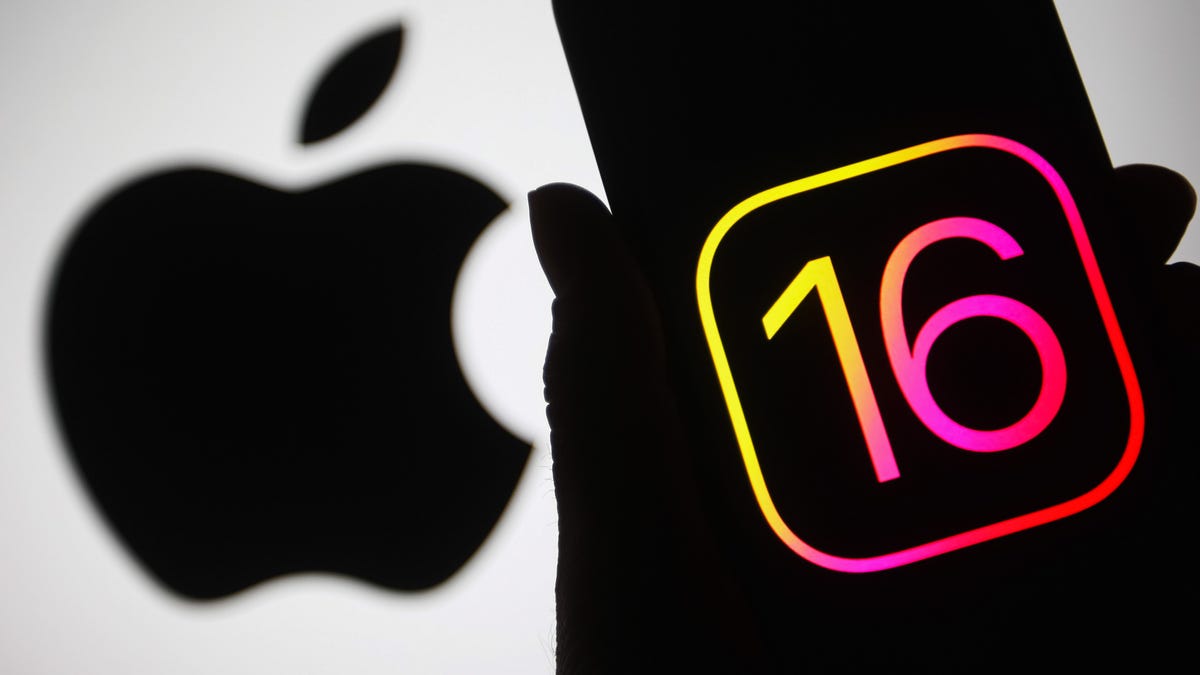
The wait for iOS 16.4 is over. Apple rolled out iOS 16.4 about a week after the company let developers and beta testers try the iOS 16.4 release candidate. The update comes with a handful of bug and security fixes, as well as new features, including new emoji and voice isolation for cellular calls.
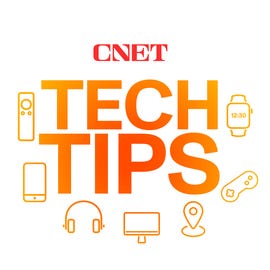

Below is some of what your iPhone gains with iOS 16.4. And here’s what you need to know before downloading the update to help avoid running into issues with the download.
31 new emoji
The iOS 16.4 update brings 31 new emoji to your iOS device. The new emoji include a new smiley; new animals, like a moose and a goose; and new heart colors, like pink and light blue.
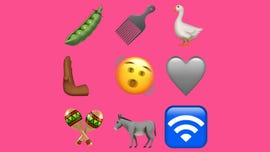

Some of the new emoji released in iOS 16.4.
Patrick Holland/CNETThe new emoji all come from Unicode’s September 2022 recommendation list, Emoji 15.0.
Voice Isolation comes to cellular calls
Voice Isolation was introduced with iOS 15 in 2021, and at the time it worked only on FaceTime calls. Now with iOS 16.4, you can use the feature on your cellular calls too.
When enabled, Voice Isolation can help the person you’re on a call with hear you more clearly by muffling background sounds, like kids playing in the other room or construction outside your window. It could therefore cut back on the number of times you have to repeat yourself in a phone call because the other person can’t hear you.
Easily find photo duplicates across shared albums
In iOS 16.4, you can easily find duplicate photos in shared albums in Photos. If you share photos with family or friends via iCloud, iOS 16.4 will show you all the duplicates across albums. You can also Merge these duplicate photos.
Support for PlayStation 5 controller
According to MacRumors, iOS 16.4 adds support for the PlayStation 5 DualSense Edge Wireless Controller. You can use the controller to play controller-enabled games from services like Apple Arcade — a CNET Editors’ Choice award pick — on your iPhone.
Apple Books update
The page-turn curl animation is back in Apple Books with iOS 16.4, after it was removed in a previous iOS update. Before, when you turned a page in an ebook on your iPhone, the page would slide to one side of your screen or it would vanish and be replaced by the next page. You can still choose these other page-turn animations in addition to the curl animation.
Music app changes
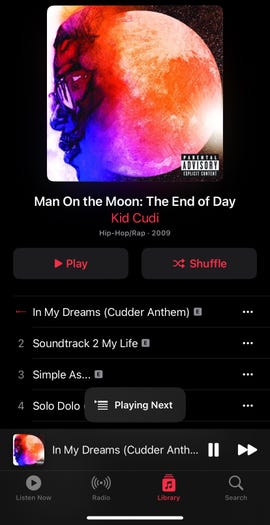

A small banner appears at the bottom of the screen when you choose to play a song next in Apple Music in iOS 16.4
Zach McAuliffe/CNETThe Music interface has been slightly modified in iOS 16.4. When you add a song to your queue, a small banner appears near the bottom of your screen instead of a full-screen pop-up like in previous iOS versions.
Also, if you go into your Library in Music, you can organize your Library by Artist and tap into an artist, across the top of your page you will see an icon for that artist. A search bar used to be at the top of this page. Tap the artist’s icon and you will be taken to that artist’s Music page.
Apple Podcasts updates
Apple Podcasts also gets an update with iOS 16.4. Now you can access a Channels tab in your Library, which shows you different networks you follow. Tap into each channel and you see can the shows you subscribe to and other shows that channel produces.
See who and what is covered under AppleCare
With iOS 16.4, you can go to Settings > General > About > Coverage to check who and what devices are covered on your AppleCare plan. That way, if your AirPods break, you can easily check whther they are covered. You can manage your coverage from here too.
Focus Mode filters added
If you have an iPhone 14 Pro or Pro Max, iOS 16.4 lets you enable or disable the always-on display option with certain Focus Modes. When creating a new filter, scroll down to the bottom of the edit page, tap Focus Filter, then tap Always-On Display to enable or disable the display for that Focus Mode.
New Apple Wallet features
You can add three new order-tracking widgets for Apple Wallet to your home screen with iOS 16.4. Each widget displays your tracking information on active orders, but the widgets are different sizes: small, medium and large.
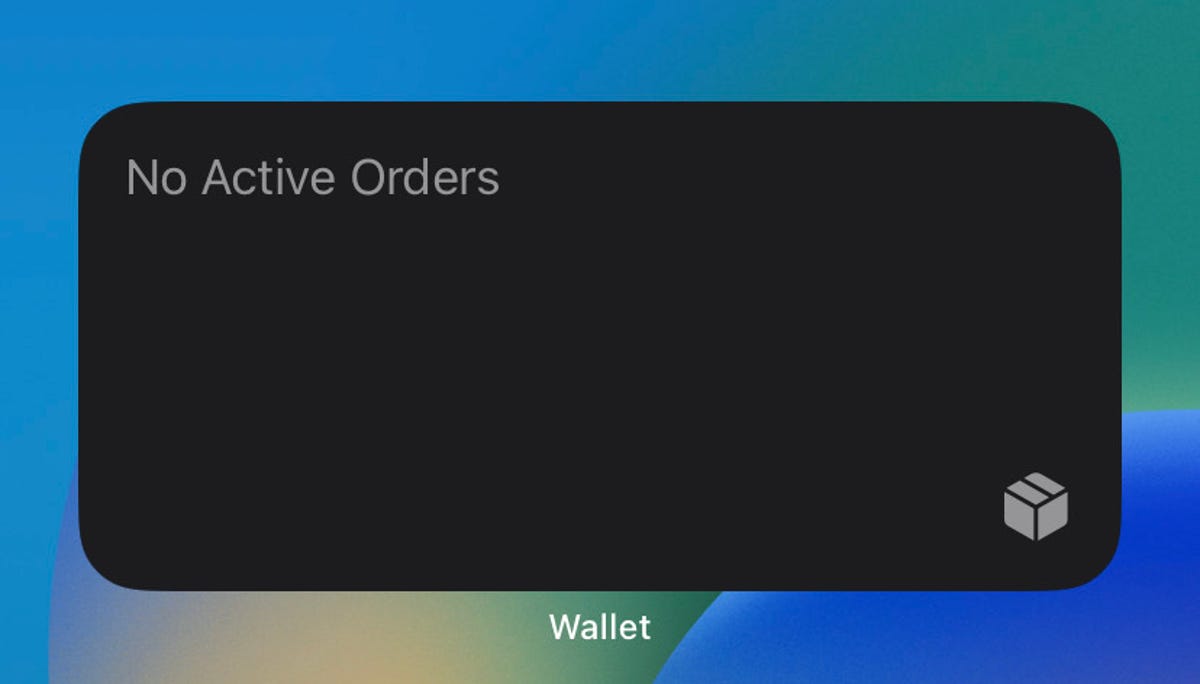

The medium-size Apple Wallet order tracking widget takes up two rows on your iPhone’s screen.
Zach McAuliffe/CNETMore accessibility options
The update also adds new accessibility options. One new option is called Dim Flashing Lights, and it can be found in the Motion menu in Settings. The option’s description says video content that depicts repeated flashing or strobing lights will automatically be dimmed. Video timelines will also show when flashing lights will occur. VoiceOver support has also been expanded to the maps and Weather apps.
Apple ID and beta software updates
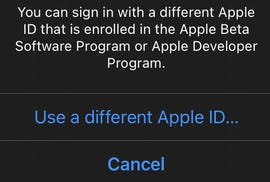

The latest iOS update lets you sign into another Apple ID to access other beta software.
Zach McAuliffe/CNETWith iOS 16.4, developers and beta testers can check whether their Apple ID is associated with the developer beta, public beta or both. If you have a different Apple ID, like one for your job, that has access to beta updates, iOS 16.4 also lets you switch to that account from your device.
New keyboards, Siri voices and language updates
This iOS 16.4 update also adds keyboards for the Choctaw and Chickasaw languages, and there are new Siri voices for Arabic and Hebrew. Language updates have also come to Korean, Ukrainian, Gujarati, Punjabi and Urdu.
Here are Apple’s release notes for iOS 16.4.
This update includes the following enhancements and bug fixes:
• 21 new emoji including animals, hand gestures, and objects are now available in emoji keyboard
• Notifications for web apps added to the Home Screen
• Voice Isolation for cellular calls prioritizes your voice and blocks out ambient noise around you
• Duplicates album in Photos expands support to detect duplicate photos and videos in an iCloud Shared Photo
Library
• VoiceOver support for maps in the Weather app
• Accessibility setting to automatically dim video when flashes of light or strobe effects are detected
• Fixes an issue where Ask to Buy requests from children may fail to appear on the parent’s device
• Addresses issues where Matter-compatible thermostats could become unresponsive when paired to Apple Home
• Crash Detection optimizations on iPhone 14 and iPhone
14 Pro models
For more, check out what was included in iOS 16.3.1 and features you may have missed in iOS 16.3.
Technologies
Fubo Loses NBCUniversal Channels, Putting Your NBA Games in Jeopardy
Sound the carriage dispute Klaxon: Some network programming has disappeared from the streaming service after content negotiations fell through.
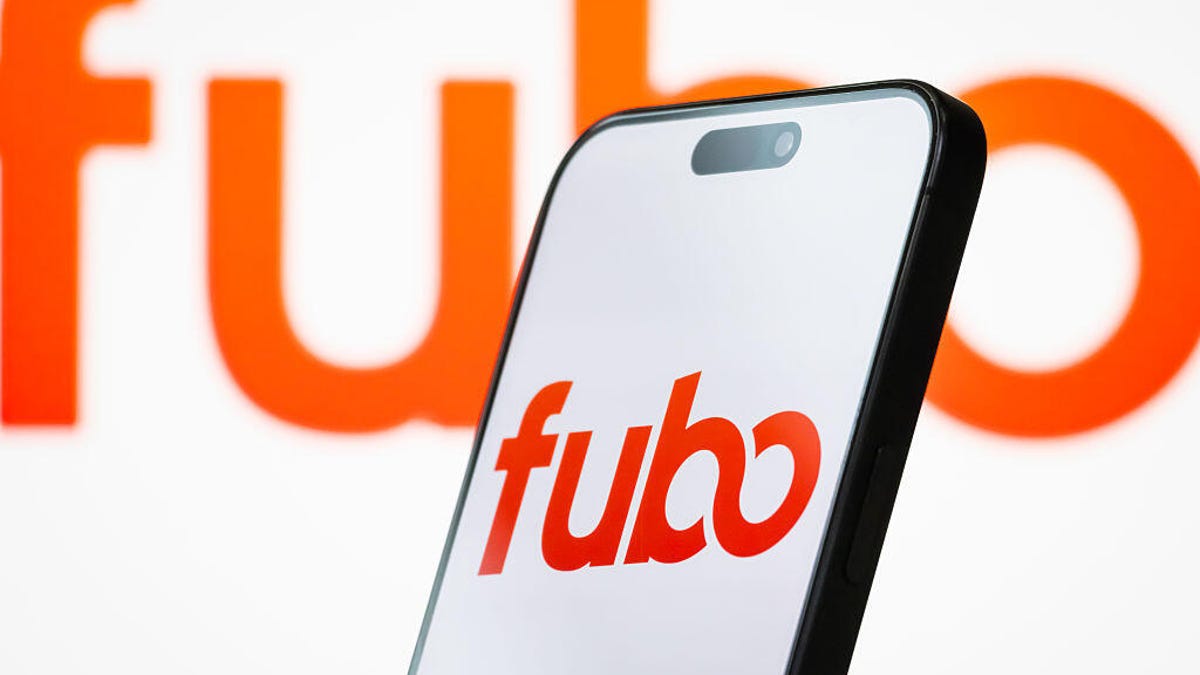
If you’ve noticed your favorite show has recently gone missing from Fubo, it’s probably because an entire block of programming just disappeared from the site’s channel lineup.
The live TV streaming service is engaged in a carriage dispute with NBCUniversal, a media company whose subsidiaries include NBC News, Universal Studios, Peacock, Telemundo and Illumination, among other brands.
On Nov. 21, NBCUniversal pulled all of its networks from Fubo. This is an especially big deal for sports watchers on the streaming service, since the Fubo Sports subscription — which began earlier this year — depends on the licensing agreement with NBCUniversal. However, viewers can still access sports content on networks like ESPN, CBS and ABC.
Fubo released a statement on Tuesday, alleging the media giant is engaging in «discriminatory tactics» that are harming the streamer’s subscribers.
«NBCU is discriminating against Fubo and our subscribers,» the statement says. «They allowed YouTube TV and Amazon Prime to integrate Peacock directly into their channel store, but refused to give Fubo the same rights.»
Don’t miss any of our unbiased tech content and lab-based reviews. Add CNET as a preferred Google source.
Fubo says NBCUniversal is trying to force a multiyear deal for certain channel packages under the media giant’s new spin-off media company, Versant, and that it’s trying to upcharge on the Fubo Sports subscription by adding «expensive, non-sports channels» into the agreement, increasing the cost.
According to NBCUniversal’s website, the Versant brands include CNBC, E!, MS Now, SyFy and USA, among other channels.
NBCUniversal did not respond to a request for comment.
Fubo says that it’s willing to move forward without NBCUniversal content if an agreement cannot be reached.
«Fubo is committed to bringing its subscribers a premium, competitively-priced live TV streaming experience with the content they love,» its statement concludes. «That includes multiple content options, including a sports-focused service, that can be accessed directly from the Fubo app.»
Fubo recently became an affiliate of The Walt Disney Company, following its merger with Hulu’s live TV platform in October. It’s unclear whether this merger affected content agreement negotiations with NBCUniversal. Fubo did not respond to a request for comment on this.
Technologies
Spotify Will Reportedly Get More Expensive in the US Next Year. Here’s What to Expect
The music streaming service will reportedly raise prices again after subscription rate hikes in other regions.
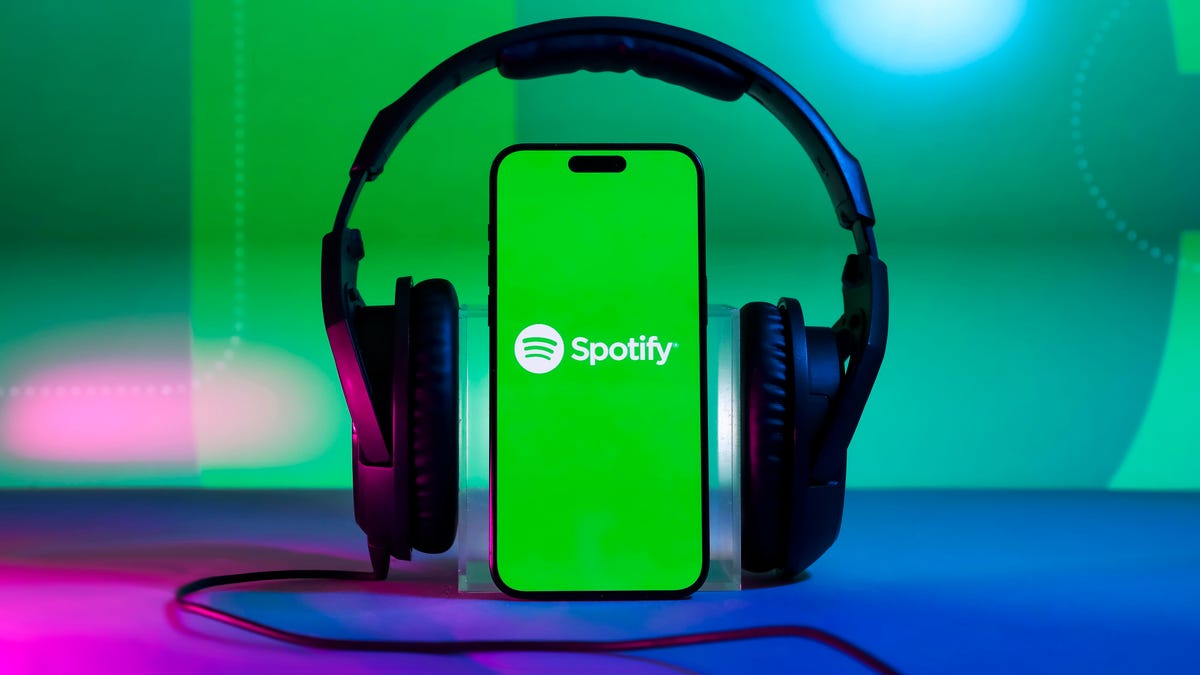
After announcing it is raising prices in regions including Europe, South Asia and Latin America, Spotify is reportedly about to increase prices again in the US.
The US is included in the latest Spotify price hike on its Premium services starting in early 2026, according to the Financial Times, which cited three sources familiar with the streaming music company’s dealings. For now, the least expensive Premium plans in the US start at $12, but the price hike would likely put it in line with the other regions where the Premium plan costs about $14 a month.
Don’t miss any of our unbiased tech content and lab-based reviews. Add CNET as a preferred Google source.
Spotify also offers a Premium Family plan that covers six people in the same household for $20 and plans for students ($6 a month bundled with Hulu) and couples ($17 a month). Spotify also offers a Basic plan that does not include access to audiobooks for $11 a month. A representative for Spotify did not immediately respond to a request for comment.
A steady increase
If the report is accurate, this would be the third price increase on Premium plans in the US since 2023. Before those hikes, Premium plans were $10, but Spotify raised its minimum price by $1 in 2023 then again in 2024.
Just this week, Spotify added the ability to seamlessly import playlists from other music services including Apple Music and Tidal.
Spotify has faced some controversy this year, including some music acts abandoning the platform and some customers canceling subscriptions over advertising for Homeland Security’s ICE program. CNET has a guide for canceling your Spotify subscription.
The company is the market leader among music streaming apps with about 32 percent market share as of the end of 2024.
Technologies
Some Rad Power Bike E-Bike Batteries Can Catch Fire, Consumer Protection Agency Warns
The company declined to offer full replacements or refunds, citing financial constraints.

The US Consumer Product Safety Commission is warning that some lithium‑ion batteries used in certain e‑bikes made by Rad Power Bikes pose a serious fire hazard that could lead to injury or even death. The agency says the batteries, identified by model numbers RP‑1304 and HL‑RP‑S1304, can unexpectedly ignite or explode, especially if the battery or its harness has been exposed to water or debris.
The recall has been marked as a «public health and safety finding» because Rad Power Bikes has declined to offer full replacements or refunds for all consumers, citing financial constraints.
CPSC reports 31 incidents of fire involving these batteries, including 12 cases where property damage totaled approximately $734,500. Some of these fires occurred even when the battery was not in use or charging, but was in storage.
Don’t miss any of our unbiased tech content and lab-based reviews. Add CNET as a preferred Google source.
The batteries were sold as either original or replacement units for several Rad Power Bikes e-bike models and were available through RadPowerBikes.com, Best Buy and independent bike shops nationwide.
«Rad informed the agency that its demand to replace all batteries, regardless of condition, would immediately put Rad out of business, which would be of no benefit to our riders,» the company said in a statement issued with the CPSC warning. «Rad is disappointed that it could not reach a resolution that best serves our riders and the industry at large. Rad reminds its customers to inspect batteries before use or charging and immediately stop using batteries that show signs of damage, water ingress, or corrosion, and to contact Rad so we can support our riders.»
The CPSC’s statement does not apply to all Rad batteries, and does not apply to its Safe Shield or semi-integrated batteries.
Consumers who have one of the affected batteries are urged to stop using it immediately and dispose of it properly via a household hazardous‑waste collection center. Do not place the batteries in standard curb-side recycling or trash bins, and refrain from reselling them.
-

 Technologies3 года ago
Technologies3 года agoTech Companies Need to Be Held Accountable for Security, Experts Say
-

 Technologies3 года ago
Technologies3 года agoBest Handheld Game Console in 2023
-

 Technologies3 года ago
Technologies3 года agoTighten Up Your VR Game With the Best Head Straps for Quest 2
-

 Technologies4 года ago
Technologies4 года agoBlack Friday 2021: The best deals on TVs, headphones, kitchenware, and more
-

 Technologies4 года ago
Technologies4 года agoVerum, Wickr and Threema: next generation secured messengers
-

 Technologies4 года ago
Technologies4 года agoGoogle to require vaccinations as Silicon Valley rethinks return-to-office policies
-

 Technologies4 года ago
Technologies4 года agoOlivia Harlan Dekker for Verum Messenger
-

 Technologies4 года ago
Technologies4 года agoiPhone 13 event: How to watch Apple’s big announcement tomorrow

